Art plays an irreplaceable role in game development, requiring skilled artists to bring ideas to life. While automation technologies like AI and machine learning are advancing, they still lack the intuitive creativity that defines human artistry, making professional artists indispensable in game art design. Game studios must rely on artists across various disciplines to craft visually engaging and immersive experiences that resonate with players.
Many studios face the challenge of sourcing top-tier talent to meet their artistic needs. For those in this situation, numerous avenues exist to find reliable game art design services. Specialized agencies, freelance platforms, and even internal talent pools can provide the necessary artistic expertise for your projects. Game art designers, with their unique skill sets, are instrumental in shaping everything from character models to environmental visuals, ensuring each game meets its creative vision.
Studios looking to expand their creative capabilities often find that identifying and hiring the right artists can be a complex task. However, learning about the available options and understanding how to evaluate potential candidates is an important step in securing high-quality game art design services. Based on our experience both in creating game art and sourcing talent, we are eager to share our insights and guide others in selecting the most suitable game artists for their projects.
Where Can You Look for Qualified Game Artists?
The expansion of the global labor market has made it significantly easier to find skilled professionals in various fields, including game art. With access to talent from across the globe, game studios are no longer restricted by geographic limitations when searching for qualified artists. Whether you are seeking concept artists, 3D modelers, or animators, the opportunities to connect with top talent have never been more accessible.
Numerous online platforms and agencies cater specifically to digital professionals, offering studios a vast pool of artists to meet their project needs. Additionally, freelance marketplaces, creative communities, and specialized agencies provide access to experienced game art designers, allowing studios to find the right fit for their projects regardless of location.
The rise of remote work has further enhanced this availability, enabling studios to collaborate with artists from virtually any part of the world. This allows for greater flexibility in assembling teams and ensures that studios can tap into a diverse range of styles, expertise, and creative approaches. Finding qualified game artists has become a more streamlined process, thanks to the global reach of today's labor market. Below are the 3 main approaches to finding a qualified video game artist for hire:
1. Freelance portals
Freelance platforms such as Upwork and Fiverr serve as extensive marketplaces where game studios can access a wide array of artists with varied levels of experience. Spanning hundreds of global locations, these platforms provide professionals skilled in all aspects of game art design, whether for 2D concept art, 3D modeling, or animation.
When hiring through these websites, the process typically begins by selecting a freelancer whose portfolio aligns with the project’s artistic needs. After outlining the work expectations, timeline, and deliverables, both parties agree to contract terms before work begins.
One of the main benefits lies in the secure payment structure. Funds are placed in escrow by the platform, and studios only release the payment upon confirming the project’s completion and quality. This system helps ensure both reliability and accountability, allowing game studios to focus on the creative direction while knowing that the transaction process remains safeguarded.
Pros:
- Large pool of candidates
- Quick hiring process
- Freedom to ask for revisions
Cons:
- Hidden fees and commissions
- Limited responsibility for failed work
- Hiring multiple specialists takes long
Compensation model: Hourly/Fixed-price
Average rate: $10-40/hour
2. Local job search
Hiring local talent can be easily facilitated through a variety of recruitment platforms, with major international services such as Headhunter, Toptal, and Glassdoor offering access to qualified candidates. In addition to these well-known sites, regional or area-specific platforms provide another useful resource for finding artists closer to home. Many studios benefit from tapping into these networks, especially when seeking long-term collaborations.
Opting for local hires often involves more commitment, whether for full-time or part-time roles. Alongside standard recruitment efforts, studios must also adhere to labor regulations specific to their region, which can add legal considerations to the hiring process. Additionally, local hiring generally involves paying salaries that align with regional industry standards, making the financial commitment higher compared to freelance or remote alternatives. However, having talent available onsite may justify these costs, particularly when direct collaboration and in-house creative input are crucial to the project’s success.
Pros:
- Good for long-term talent retention
- Easier control and oversight of artists
- Better team spirit and organization
Cons:
- Artists may be tempted to seek other opportunities
- Very costly and cumbersome
- Uneven workflow
Compensation model: Monthly paycheck
Average rate:
- United States: $74K-$133K/yr
- Germany: €2K-€4K/mo
- Japan: $3K-$6K/mo
- Australia: $50K-$83K/yr
(Source – GlassDoor)
3. An outsourcing partner
Game art outsourcing has become a widely adopted strategy, offering studios the opportunity to engage individual artists or even entire teams through a single provider. Such a method proves highly efficient for projects requiring specialized skills or larger creative teams, as companies can streamline the process by working with experienced outsourcing partners. Numerous providers, including Game-Ace, are available through platforms such as Google Search, LinkedIn, or personal recommendations.
Establishing a collaboration with a game art outsourcing provider typically moves swiftly, allowing studios to finalize agreements within just a few days. The flexibility often provided by these partners is a key advantage, as they can accommodate various compensation models depending on the project's scope and budget.
Whether hourly rates or project-based fees, the flexibility in payment arrangements ensures that studios can manage their resources more effectively while still benefiting from high-quality artistic services. If your project is built with Unity, you might opt to hire Unity developers in tandem with your art team to streamline technical workflows. Many outsourcing or extension models now bundle art and development specialists under one roof. Additionally, outsourcing offers a scalable solution, adapting to the studio's specific needs without the long-term financial commitments associated with hiring in-house staff.
Pros:
- Comparatively low rates
- Flexible compensation models
- Multiple artists and teams available
- Broad expertise and experience
Cons:
- Potential time-zone differences
- Harder to supervise artists
Compensation model: Hourly/fixed-price/hybrid/other
Average rate: $20
Which Types of Game Artists Can You Hire?
While some game artists possess a broad range of skills across various design disciplines, many tend to excel in a specific area of game art. This specialization allows them to bring deeper expertise and creativity to certain aspects of the design process. When selecting artists for your project, evaluating their strengths and determining how they align with your specific needs is essential.
Artists often distinguish themselves in key areas such as concept art, 3D modeling, texturing, animation, or user interface (UI) design. Understanding these distinctions helps ensure that the talent you choose matches the particular demands of your project. By focusing on each artist's area of expertise, studios can build a well-rounded team, with each contributor playing a critical role in delivering high-quality results. Whether you're looking for someone skilled in environmental design or character creation, recognizing these areas of specialization helps optimize your decision-making process.
Game artists by art type
2D Artist
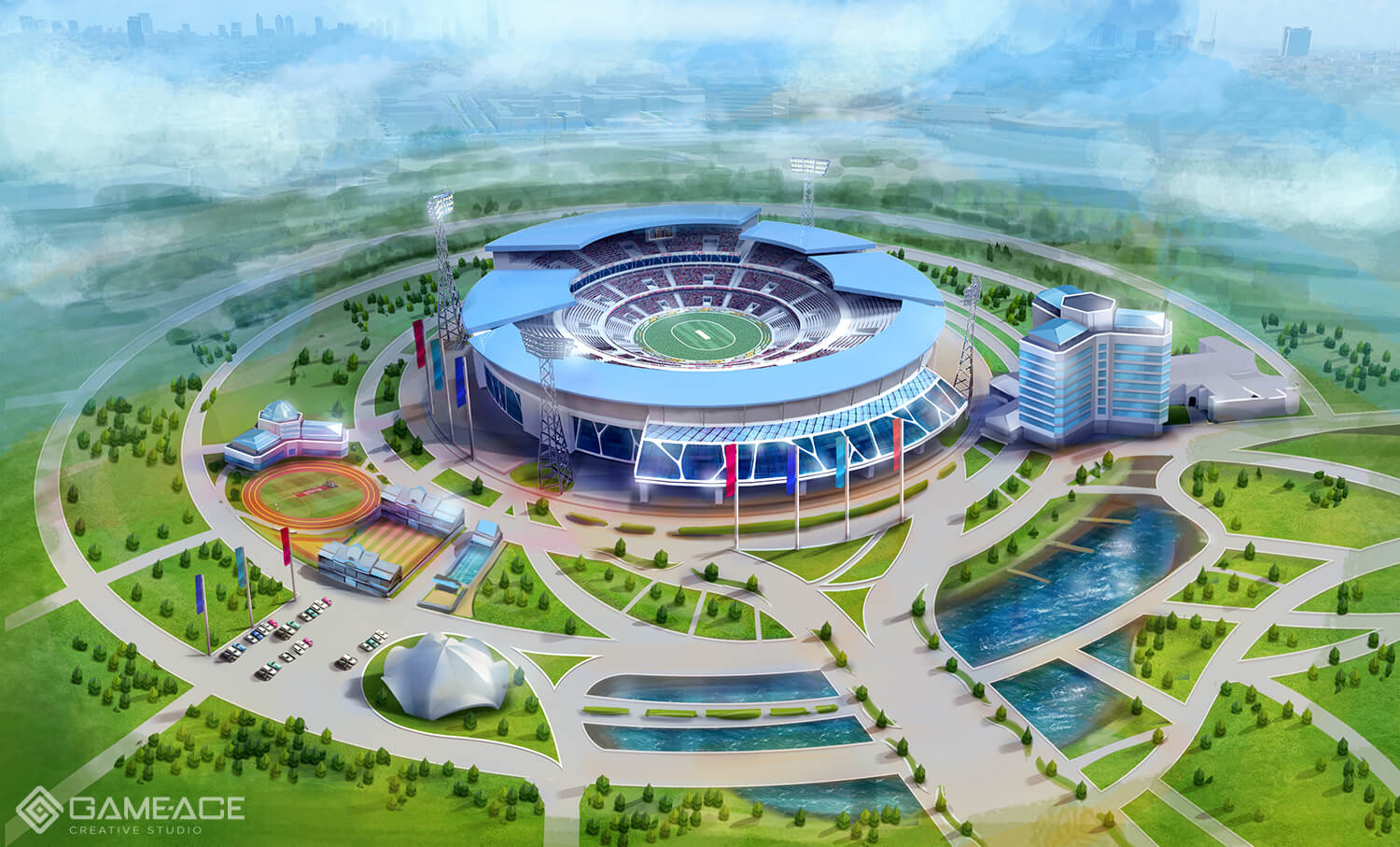
Many assume that 2D game artists only contribute to 2D projects, but their skills extend far beyond that. Even in 3D games, 2D art elements play a crucial role, especially in the design of backgrounds, icons, menus, and user interfaces. The contributions of a 2D artist remain essential, providing stylistic cohesion and detailed visual components that enhance the overall gaming experience.
A successful 2D game artist must be proficient in working with a wide range of artistic styles and textures. This versatility allows them to adapt to the unique aesthetic needs of each project, whether it's creating flat, minimalist designs or highly detailed, textured visuals. When considering a 2D artist for hire, it is important to verify their familiarity with key design software.
Expertise in programs like Adobe Illustrator and Photoshop is critical, as these tools are industry standards for producing high-quality 2D game art. Ensuring that your artist has the technical skills to complement their creative abilities can make a significant difference in the quality and efficiency of your project.
3D Artist
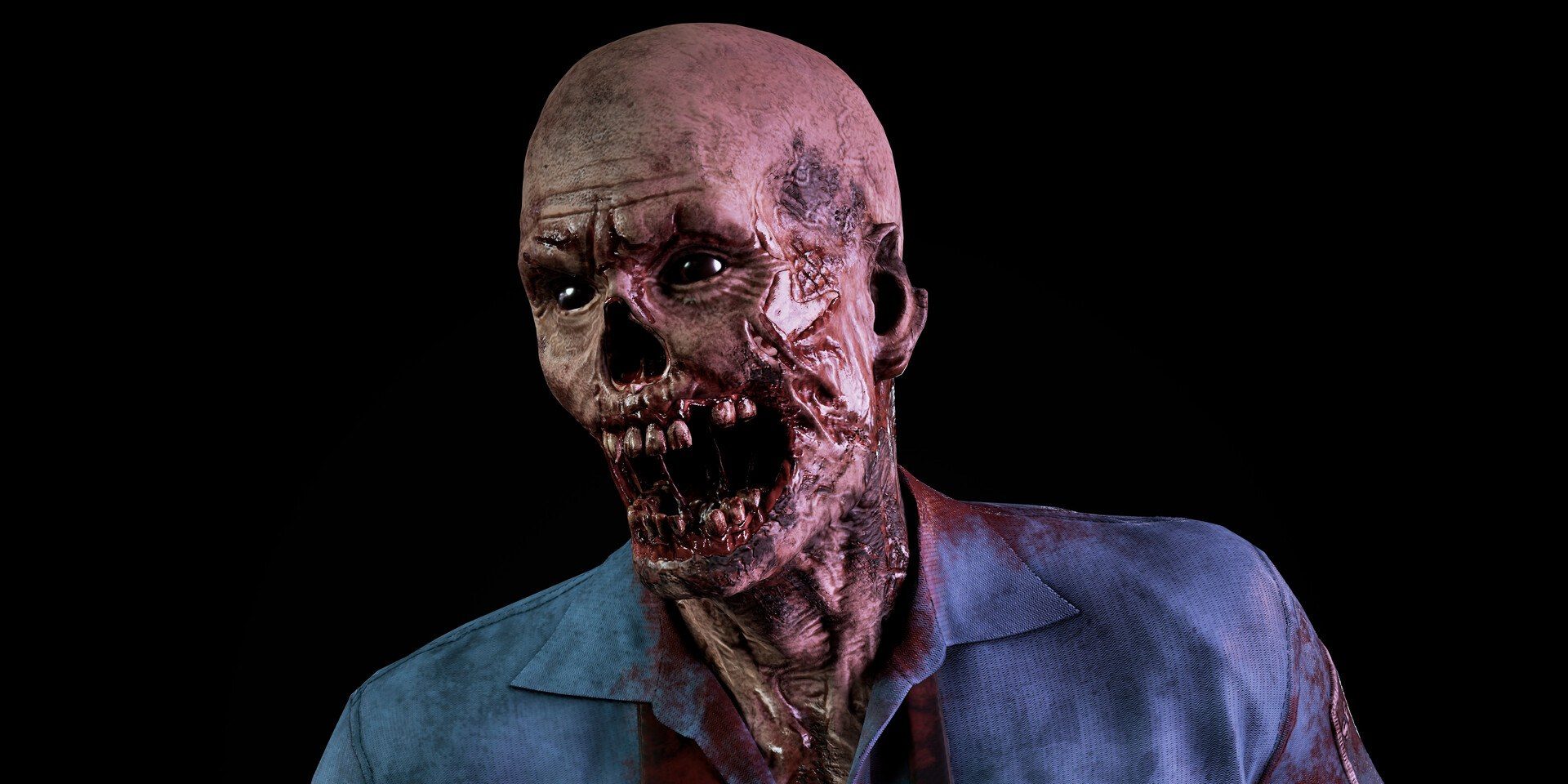
A qualified 3D game artist must demonstrate strong 3D modeling skills while possessing foundational 2D abilities, particularly in texture creation. Mastery of shape, structure, and silhouette remains essential, enabling these artists to craft natural and cohesive designs within the game's environment. Their ability to balance aesthetic appeal with technical accuracy ensures that characters, objects, and environments fit seamlessly into the broader game world.
Employers typically expect 3D artists to be proficient in industry-standard software such as 3DS Max and Maya. These tools are crucial for developing detailed and complex 3D models. Additionally, familiarity with game engines like Unity and Unreal Engine is increasingly valuable, as artists often need to optimize their models for gameplay performance.
By understanding the technical requirements of game engines, 3D artists can ensure that their designs look impressive and function smoothly within the game's mechanics, making them more versatile contributors to the development process.
Game artists by specialization
Concept artist
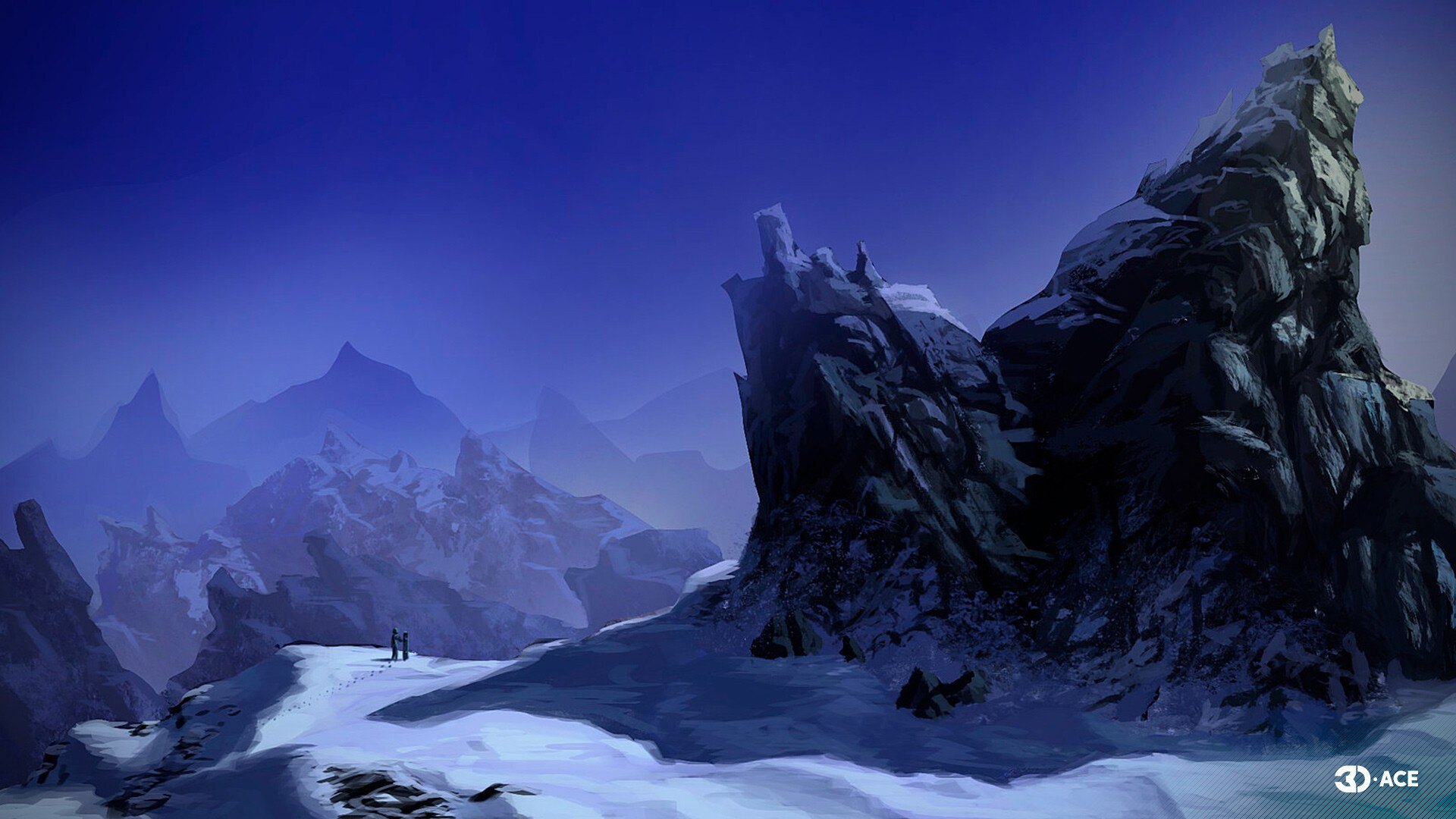
A concept artist for hire plays a pivotal role in visualizing the early stages of a video game's design. Their primary responsibility is to develop concept art across different mediums, including sketches, detailed drawings, digital paintings, and occasionally basic 3D models. These visualizations are essential for setting the game's artistic direction and ensuring that the designs align with the project's vision.
The creations of a concept artist can originate from pure imagination or be guided by specific instructions and research. This approach allows the artist to make informed decisions that fit within the game's world, characters, and themes. Additionally, concept art is frequently showcased through storyboards or mood boards, providing a visual narrative of how various elements will integrate into the game's overall aesthetic. This early-stage artwork serves as a crucial reference for the entire development team, ensuring consistency in style and mood as the game moves from concept to reality.
Technical artist
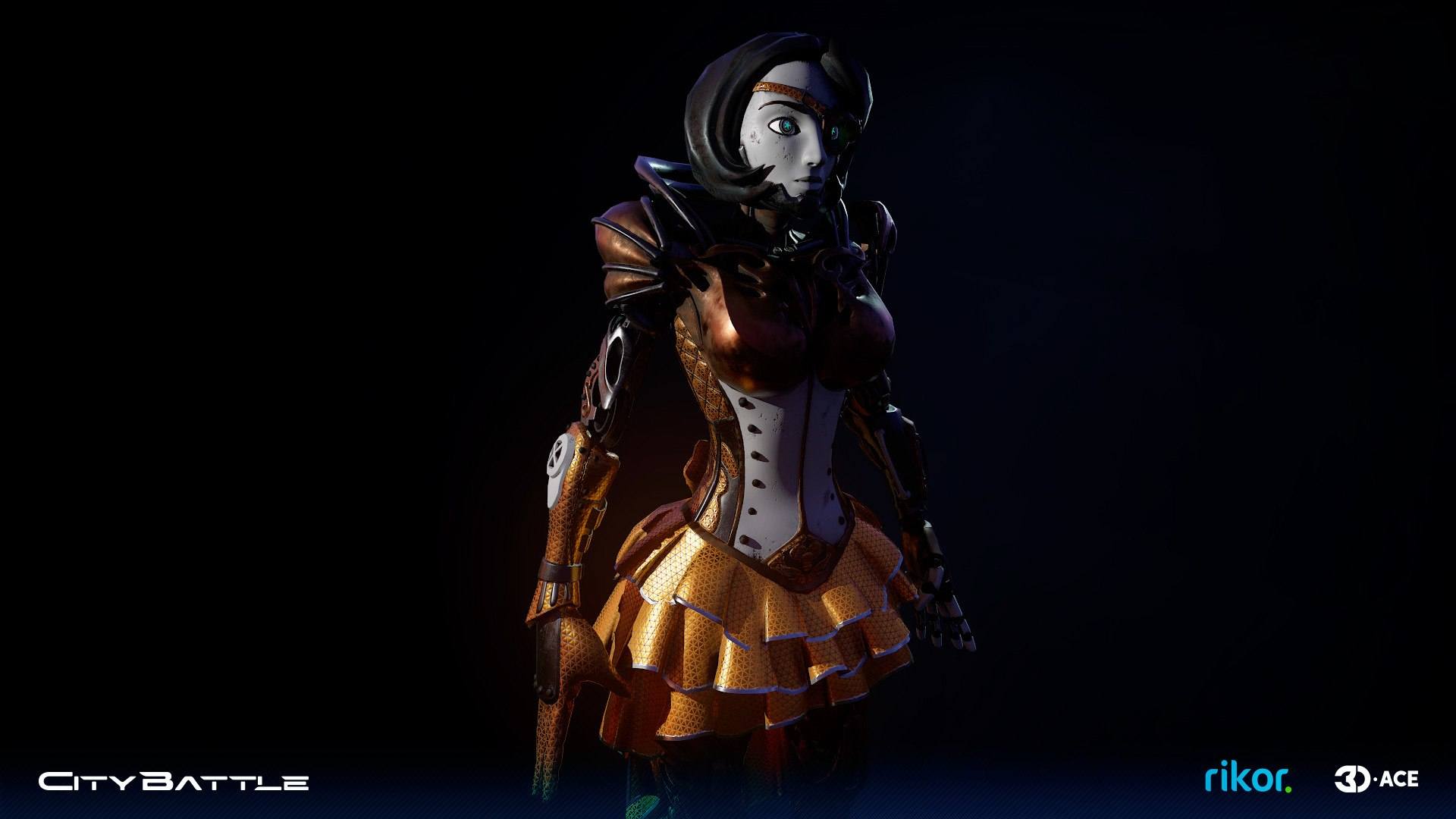
A technical artist bridges the gap between the creative and technical aspects of game development, ensuring that art assets are seamlessly integrated into the game's software. Unlike other artists, technical artists possess a deeper understanding of how their designs interact with game mechanics, making collaboration with developers a key part of their role. This unique combination of artistic skill and technical expertise allows them to optimize assets and workflows for both performance and visual quality.
Technical artists often excel in advanced design areas such as sculpting and rigging, essential for creating detailed character models and animations. Their technical knowledge frequently extends to basic game programming, enabling them to understand the game engines' requirements and how assets need to be adjusted for gameplay.
Due to this proficiency, technical artists spend considerable time working within game engines like Unity or Unreal, adapting art assets, ensuring smooth integration, and troubleshooting performance issues during development. Their role is critical in ensuring the game runs efficiently without sacrificing artistic integrity.
Animation artist
An animation artist, often referred to as an animator, is responsible for bringing objects and characters to life within a game. This expert works with assets created in both 2D and 3D, setting them into motion through a variety of animation techniques. Their contributions extend to a broad range of animated elements, including in-game movements such as character actions, environmental interactions, and non-playable characters' behavior. In addition, animation artists often play a key role in developing cinematic sequences, which provide narrative depth and emotional engagement to the gaming experience.
In addition to their animation skills, these artists must have a strong understanding of rigging and skinning techniques, ensuring that characters and objects move in a fluid and realistic manner. A keen eye for fluid body movement, natural gestures, and realistic dynamics is crucial in creating immersive and believable animations.
Mastery of camera angles, timing, and the integration of special effects is also essential to their role, enabling them to craft scenes that captivate players and enhance the overall gaming experience. By combining artistic creativity with technical precision, animation artists contribute significantly to the visual storytelling and engagement of a game.
UI/UX artist
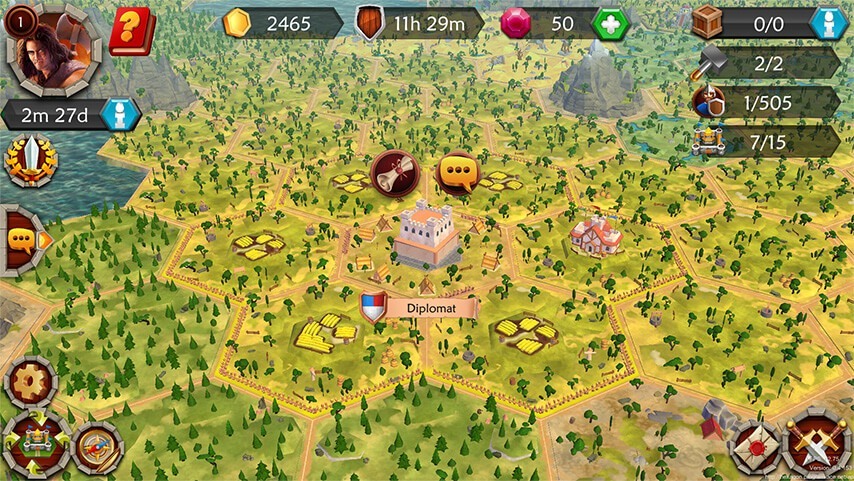
A UI/UX artist holds a crucial position in shaping the player’s interaction with a game, focusing on both visual appeal and usability. Their responsibilities go beyond designing menus, icons, logos, and indicators, as they are tasked with ensuring that each element is not only aesthetically pleasing but also intuitive and easy to use. UI/UX artists aim to create interfaces that enhance the gaming experience, making navigation seamless while maintaining the player’s immersion in the game world.
An effective UI/UX artist understands that the user interface must align with the game's unique art style, creating a cohesive visual experience. They work diligently to incorporate the game’s artistic vision into every UI element, from buttons to health bars, ensuring that each aspect contributes to the overall atmosphere.
Beyond visual consistency, they focus heavily on user experience, striving to make interactions enjoyable and memorable. By balancing visual design with practical functionality, UI/UX artists ensure that players can engage with the game effortlessly, improving both accessibility and enjoyment.
Game artists by specialty
Character artist
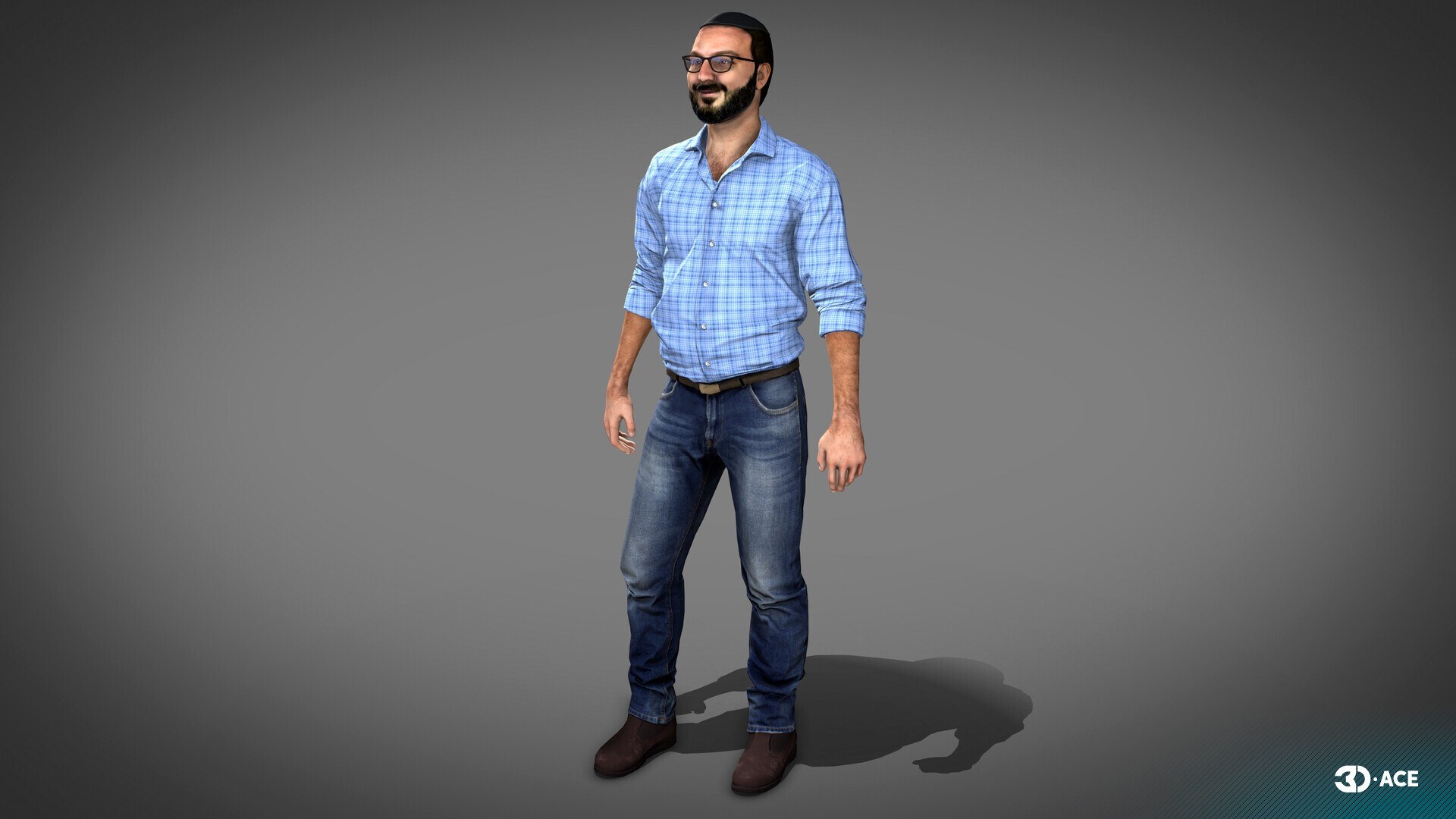
When hiring an artist for game characters, finding someone with a deep passion for their craft is essential. Characters often play a pivotal role in a game's success, not only because they advance the story but because they resonate with players personally. Well-designed characters can feel engaging and lifelike, making players eager to follow their journey throughout the game.
A character artist's job involves meticulous work, crafting characters that align with the game's artistic style and technical requirements. Depending on the project's needs, they may create either low-poly models or high-poly models. Low-poly models are often used in mobile games or games requiring optimized performance, where fewer polygons result in faster rendering.
In contrast, high-poly models are typically reserved for AAA games or cinematics, where visual detail is paramount. Whether working with low-poly models for efficiency or high-poly for visual impact, character artists ensure that the characters are not only visually appealing but also fit seamlessly into the game's overall aesthetic and performance requirements.
Prop artist
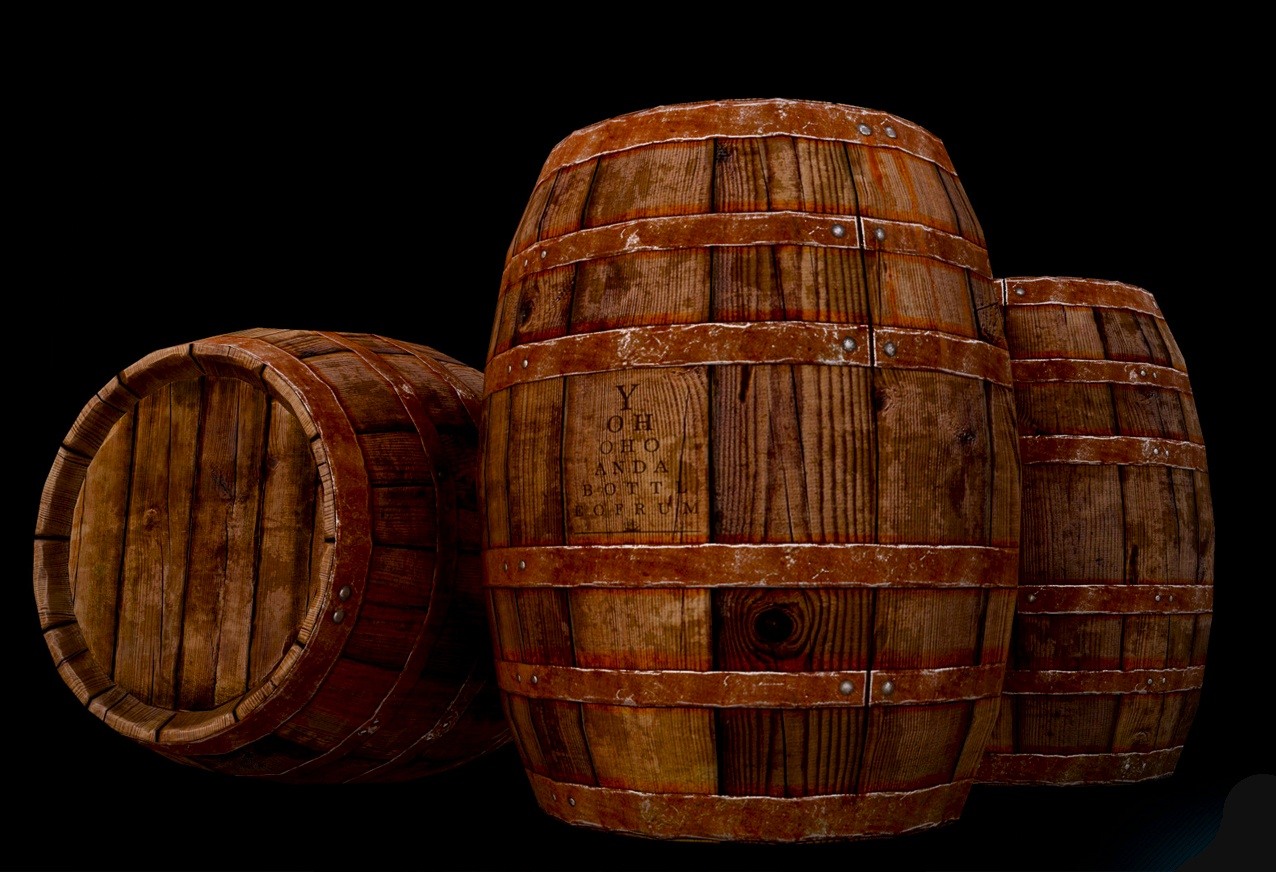
A props artist plays a critical role in filling the game world with a variety of items that enhance immersion and storytelling. From weapons and accessories to vehicles, furniture, and an array of other objects, props artists are tasked with creating countless 3D assets that populate the game's environment.
The work they do involves much more than just making visually appealing items; they must also consider the functionality of each object within the context of the game. Whether designing a simple item like a cup or a complex piece of machinery, the props artist must strike the perfect balance between form and function.
The creative scope for a props artist is vast, as they may work on objects that vary widely in size, detail, and importance. These assets are often integral to gameplay, serving as interactive elements or background details that help define the setting and enhance the player's experience.
Prop artists collaborate closely with other departments, such as environment and character artists, to ensure that the objects they create fit seamlessly into the broader visual style of the game. Their contributions are essential in making game worlds feel alive and fully realized, with every object contributing to the atmosphere and narrative.
Environment artist
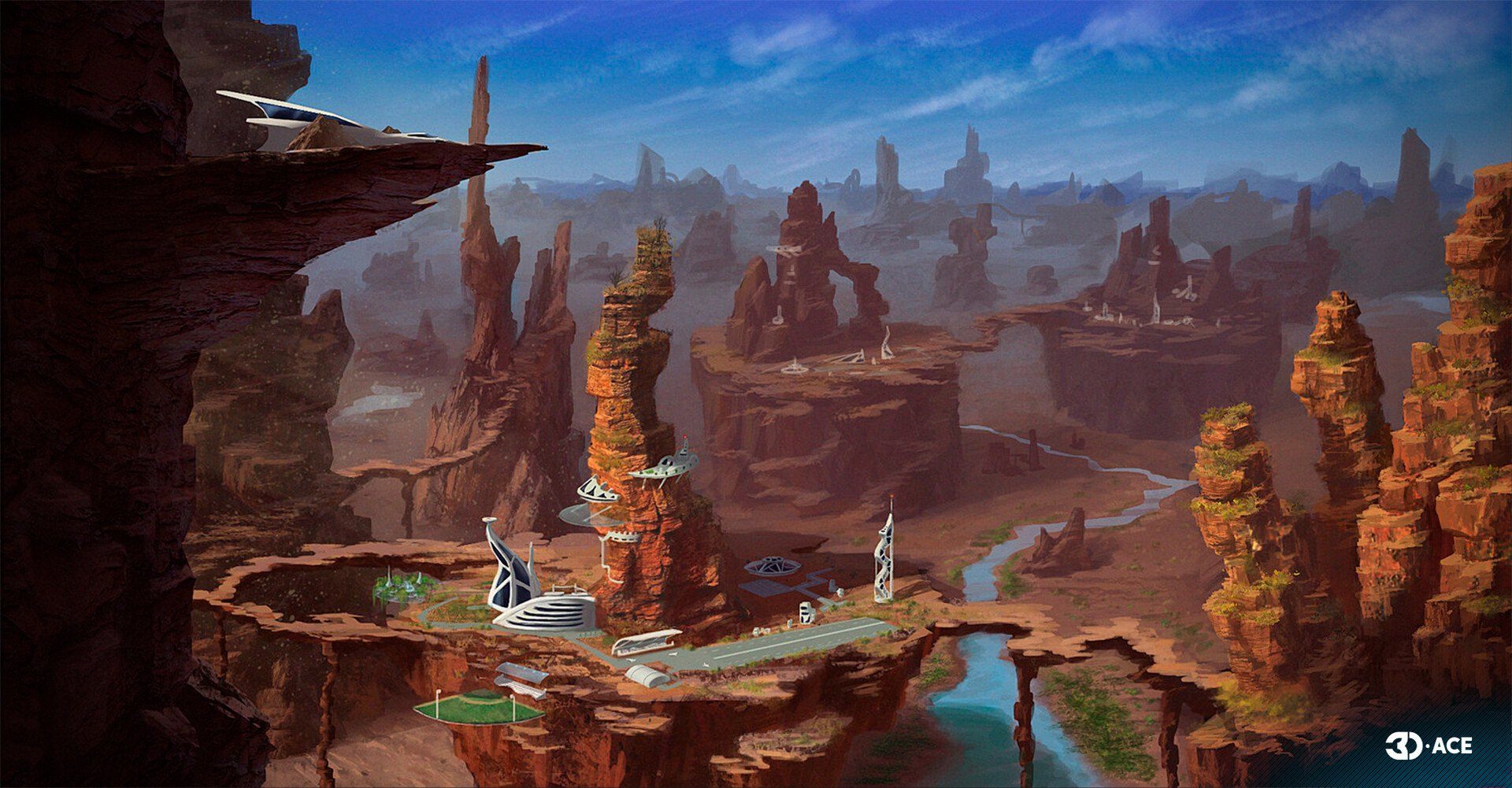
An environment artist is responsible for crafting the immersive worlds that serve as the backdrop to any game. These artists focus on creating detailed landscapes, interiors, and outdoor settings that not only look visually stunning but also enhance gameplay. Collaborating with level designers, they ensure that every area in the game feels cohesive and fully realized, adding terrain, geography, and visual features that help shape the world.
Whether it's a sprawling cityscape or a dense forest, environment artists make these places feel alive by layering in detail and atmosphere. Environment artists often begin by creating mockups or prototypes to establish the overall look and feel of specific game areas. These early-stage designs are refined into fully detailed environments that serve as key locations in the game, often becoming memorable focal points for players.
They also work closely with animation artists to ensure that environmental elements, such as foliage or water, react naturally within the game. Their work is crucial in setting the tone and mood of the game, making each scene not only visually striking but also emotionally resonant for the player.
Effects artist

An effects artist, or VFX artist, specializes in adding dynamic and eye-catching visual effects that bring the game to life. Whether it's an intense explosion, drifting smoke, or natural weather effects like rain and snow, the work of an effects artist significantly impacts the game's atmosphere and overall feel.
They are responsible for creating both large-scale effects, such as destruction sequences, and smaller, more subtle elements, like dust particles or lighting adjustments in cinematic scenes. Mastery of physics and material behavior is essential, as effects must look convincing within the game's world and react naturally to the environment.
Effects artists also play a key role in enhancing the cinematic moments of a game, refining the visual quality through corrections and edits that add polish to each scene. They collaborate closely with animators, environment artists, and developers to ensure that visual effects are integrated smoothly into gameplay. From large-scale spectacle to the finer details that elevate immersion, the contributions of an effects artist are vital in creating a visually engaging experience that resonates with players on multiple levels.
NFT artist
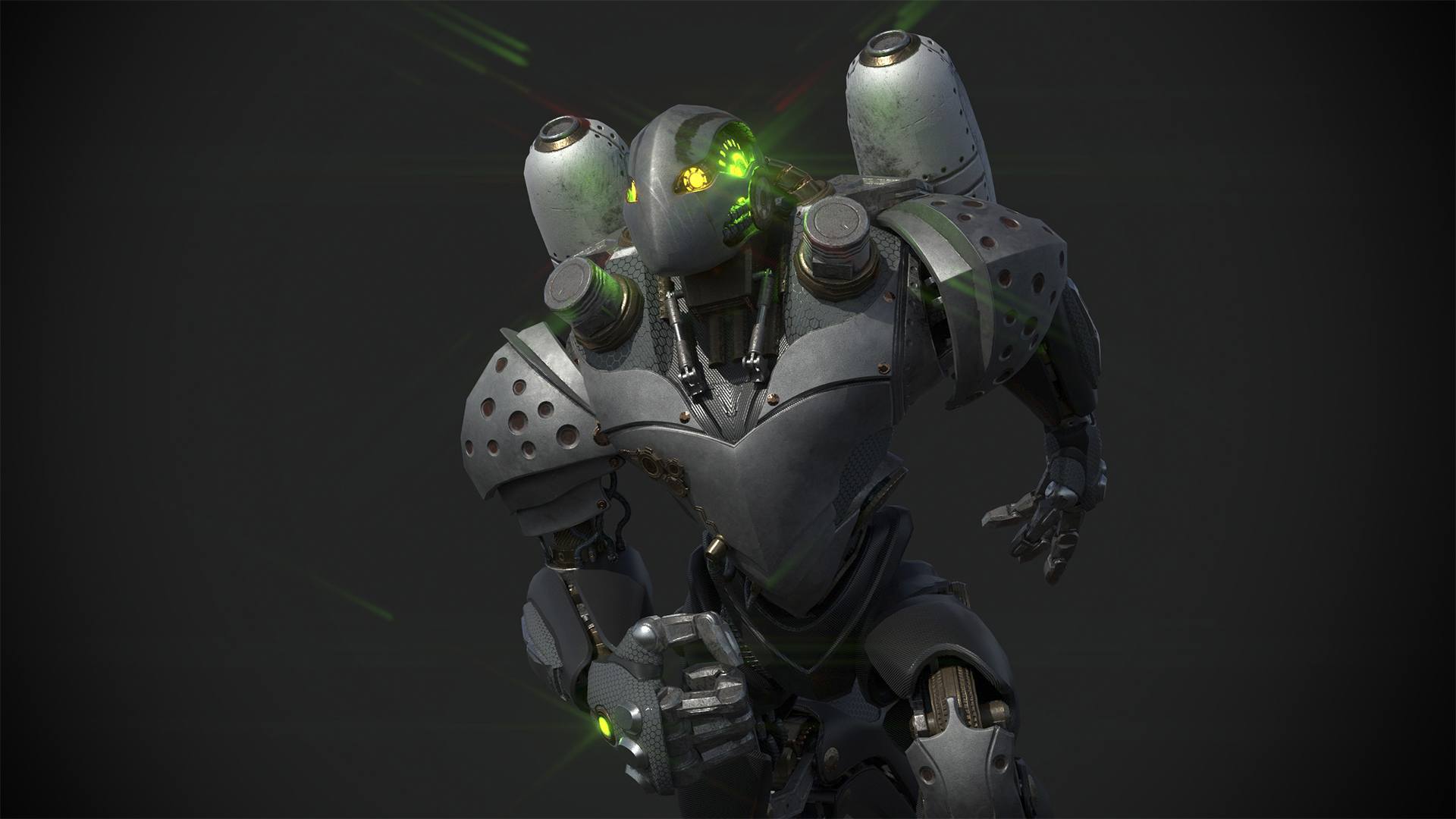
The role of an NFT artist in game development has emerged with the rise of blockchain technology and NFT-based games. Creating NFTs for games requires a specialized skill set, as it involves not only traditional game art creation but also the implementation of blockchain-based features.
An NFT artist must collaborate with developers to integrate digital assets into the game using Smart Contracts, which allow for the ownership and transfer of NFTs within the game world. This unique aspect of NFT game development requires a deep understanding of how these assets function within the broader gaming ecosystem.
Hiring professionals from an NFT game development company can ensure that the NFT art is seamlessly integrated into the game. These companies often have the expertise required to create flawless NFTs, ensuring that each digital asset is unique, secure, and valuable to the players.
In addition to crafting the visual components, NFT artists must ensure that the art aligns with the technical standards of blockchain platforms, making collaboration with developers crucial. By leveraging the expertise of an NFT game development company, game studios can produce NFT-based games that offer aesthetic appeal and deliver the technological precision needed for success in this emerging market.
Want to know more about Game-Ace artist’s work?
Game artists by platform
Mobile
If you want someone who specializes in mobile games, there are plenty of mobile game artists for hire on the market. These experts know how to make bite-sized art for devices with a small screen.
Web
Web artists don’t necessarily need to know JavaScript or HTML, but they should know how to optimize their assets to keep the game running smoothly in all browsers.
PC
Every year, more and more PC games are built for high-performance computers. This gives artists a lot of freedom in creating high-detail models, spectacular VFX, and other very ambitious 3D designs.
Console
Like artists that target the PC platform, those who work on console games can take advantage of the strong performance of the hardware. Accordingly, these experts also devote a lot of time to building expansive and realistic game worlds.
AR/VR/MR
Ideally, designers in this field will know how to optimize 3D models and environments to work with different headsets/devices. They have to figure out how to make the game look great from an up-close and first-person perspective.
Pro-Tip
All of the artist types we have listed are not exclusive or exclusionary to other types. In other words, a person can be both a 3D artist, a technical & animation artist, create props and build for PC at the same time. Thus, you don’t have to search for just one type, but instead make sure that your candidate is skilled in the fields that matter to you. You can even find a game dev team with artists included, if you need more than just art.
How to Find a Game Artist for Hire from a Partner
As mentioned earlier, outsourcing game artists can be an ideal solution when you require specialized talent for a limited period or want to hire an entire team quickly. This approach becomes even more practical when local candidates are outside of your budget, as outsourcing often provides access to highly skilled professionals at a more affordable rate. A reliable outsourcing provider will have a streamlined process, ensuring that you can bring talented experts onto your project with minimal delay.
Each outsourcing provider will have its own unique approach to the hiring process, so let's use our custom game development company — Game-Ace — as an example to illustrate how it works:
1. Initial contact. You reach out to us with a brief outline of the specific type of artist or team you need for your project.
2. Project discussion. We engage in a detailed conversation about your project requirements and discuss how our artists can contribute to your game's success.
3. Agreement finalization. After outlining the terms of cooperation, we signed an agreement that may include an NDA clause for confidentiality and detailed specifications in a game design document to ensure clarity.
4. Artist integration. Our skilled artists either join your team remotely, collaborating seamlessly with your existing developers, or work independently to create the required assets and artwork.
5. Scalability and revisions. Once the project concludes or the scope changes, you can easily scale the team up or down as needed, with the option to request revisions or adjustments at any stage.
At Game-Ace, we prioritize flexibility to accommodate the unique business needs of our clients. We are happy to discuss various payment models to find an arrangement that best suits your budget and project timeline. If you are curious about our expertise, we invite you to explore our art portfolio and the games we have contributed to, which showcase our team's range and capabilities.
By choosing Game-Ace, you'll have access to talented artists and a smooth process, ensuring your project stays on track and meets your creative vision. When you are ready to discuss your project, just send us a message.
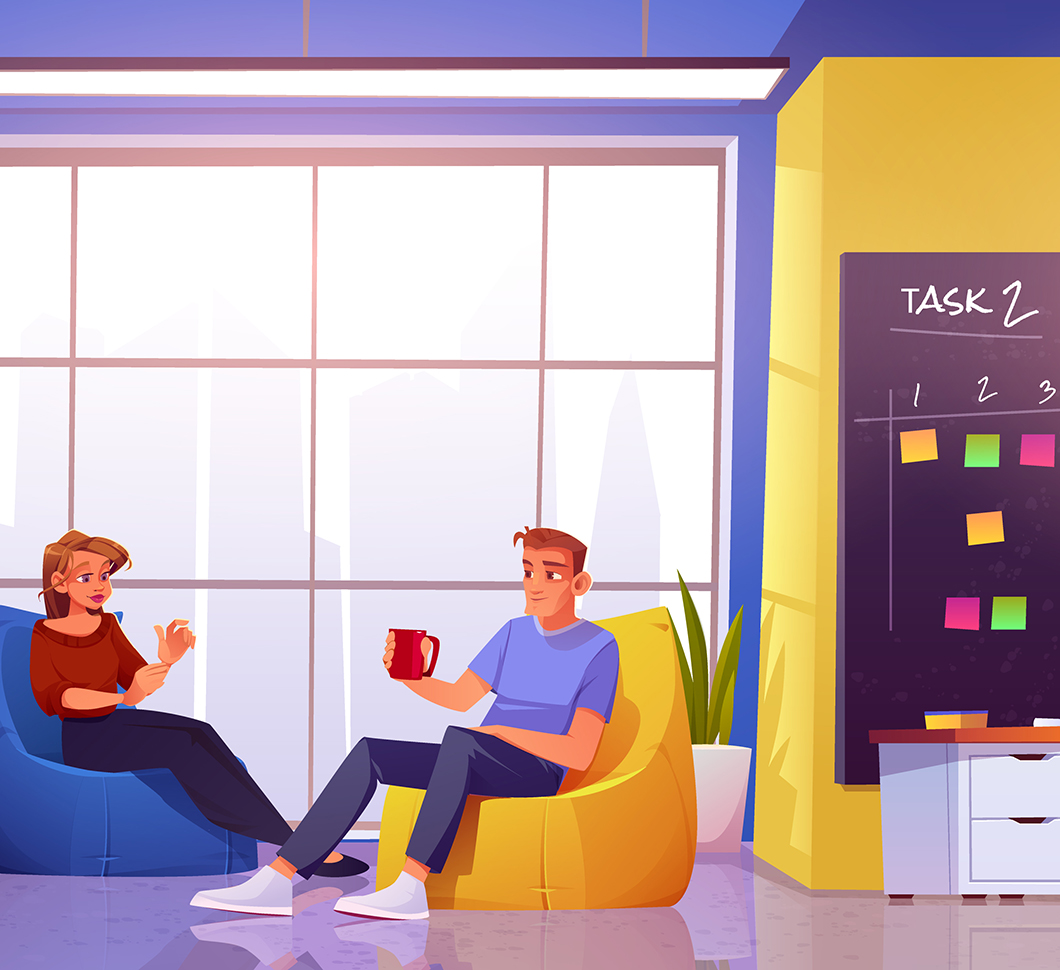 Key Trends Shaping Gamification in Recruitment for 2026 and Beyond
Key Trends Shaping Gamification in Recruitment for 2026 and Beyond  Staff Augmentation: The Smart Way to Scale Game Teams
Staff Augmentation: The Smart Way to Scale Game Teams  How to Create Crypto Casino Games the Right Way
How to Create Crypto Casino Games the Right Way 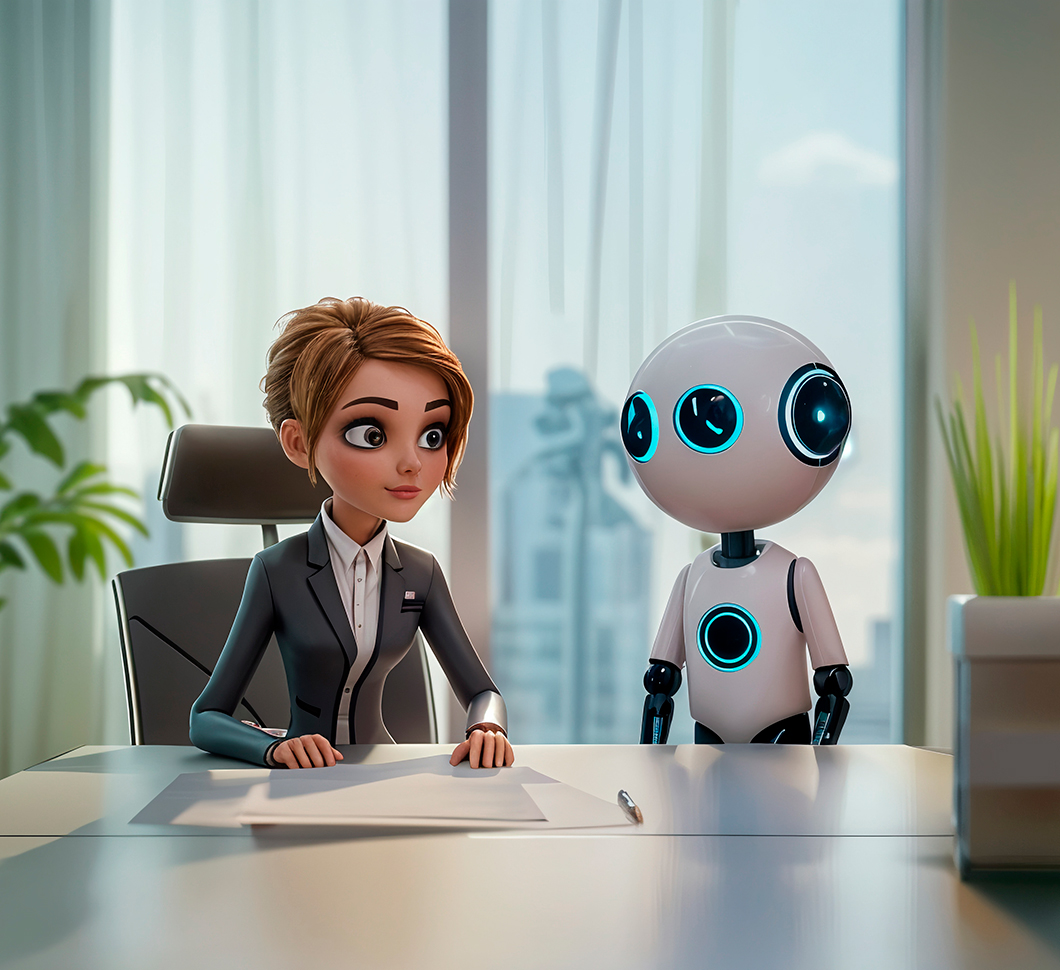 AI Recruitment Games: From Real-Time Assessments to Better Hiring Outcomes
AI Recruitment Games: From Real-Time Assessments to Better Hiring Outcomes 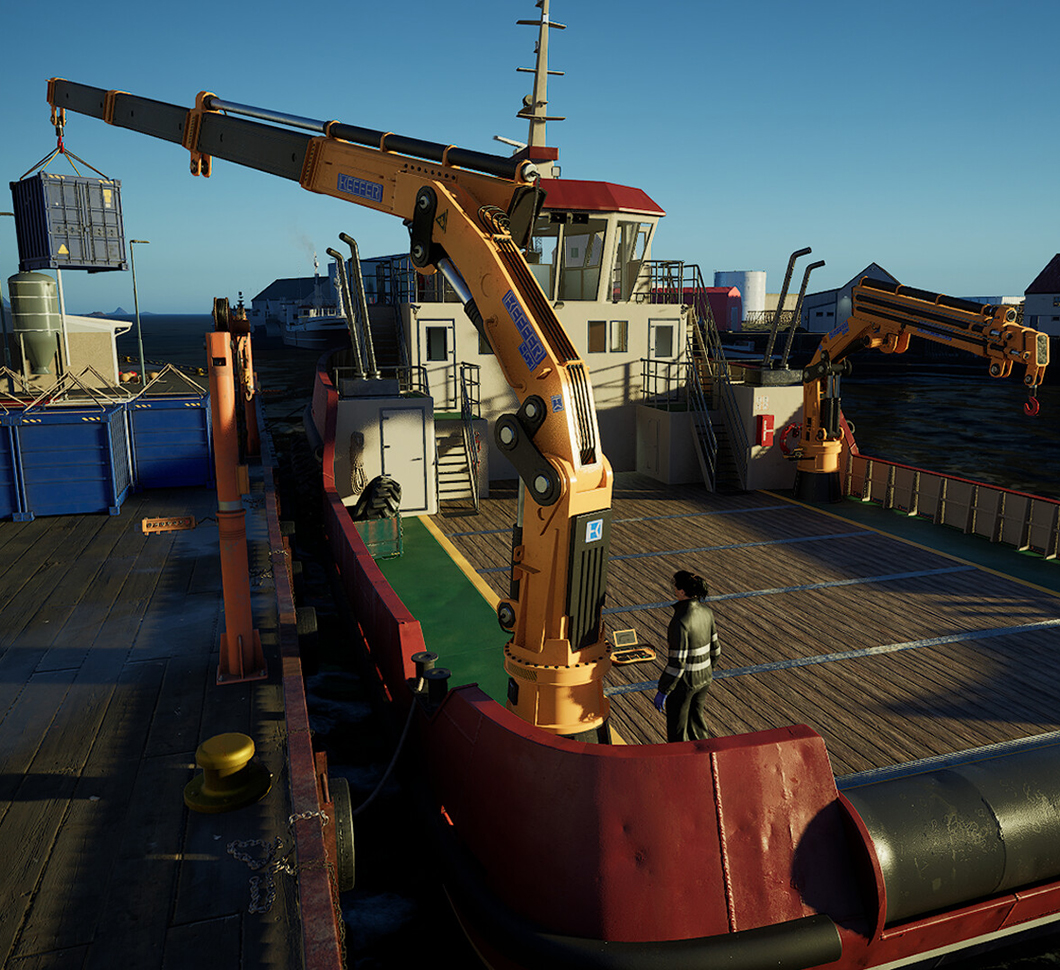 Games for Business: Proven Strategies for Engagement and Growth
Games for Business: Proven Strategies for Engagement and Growth 


































